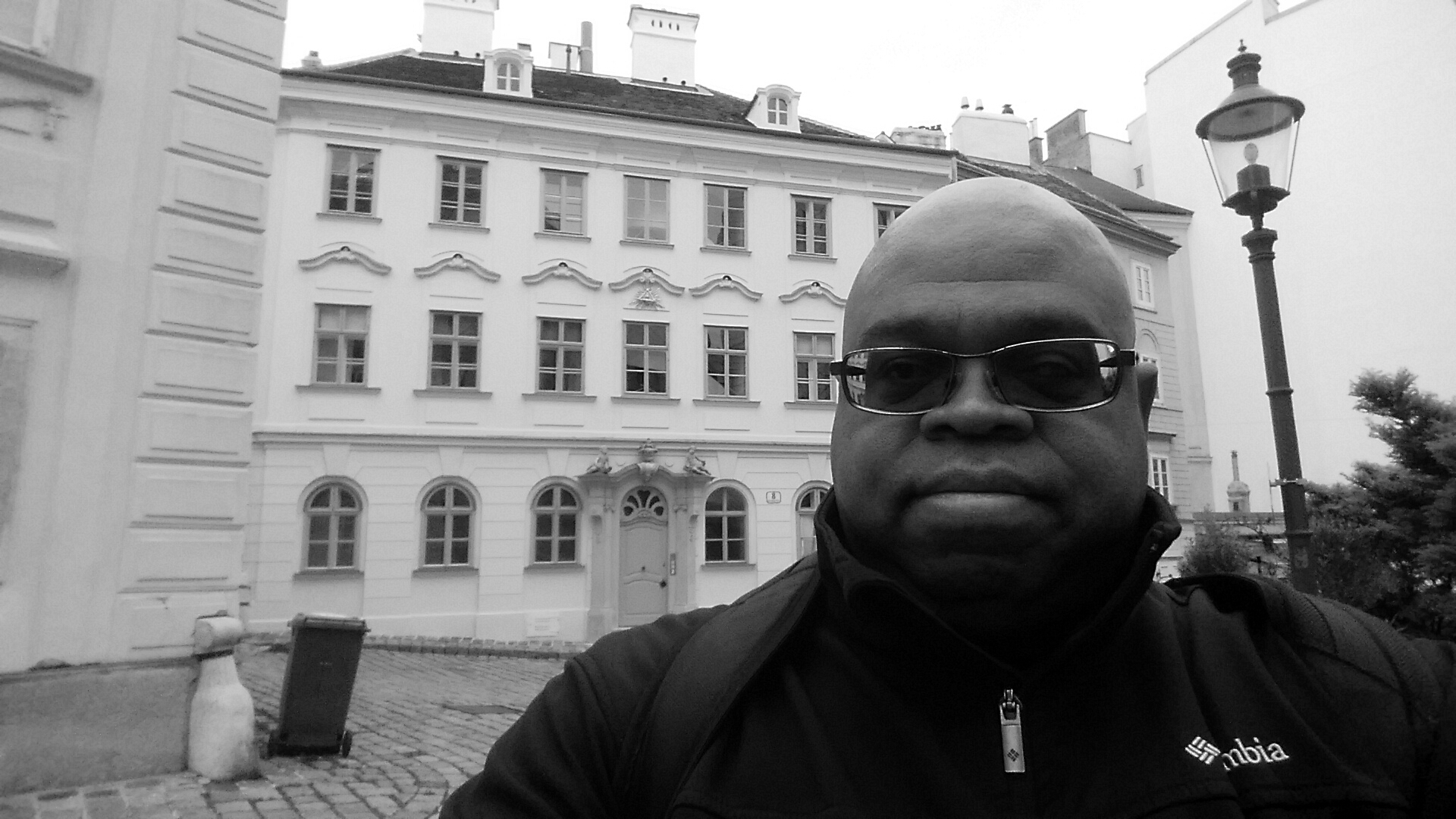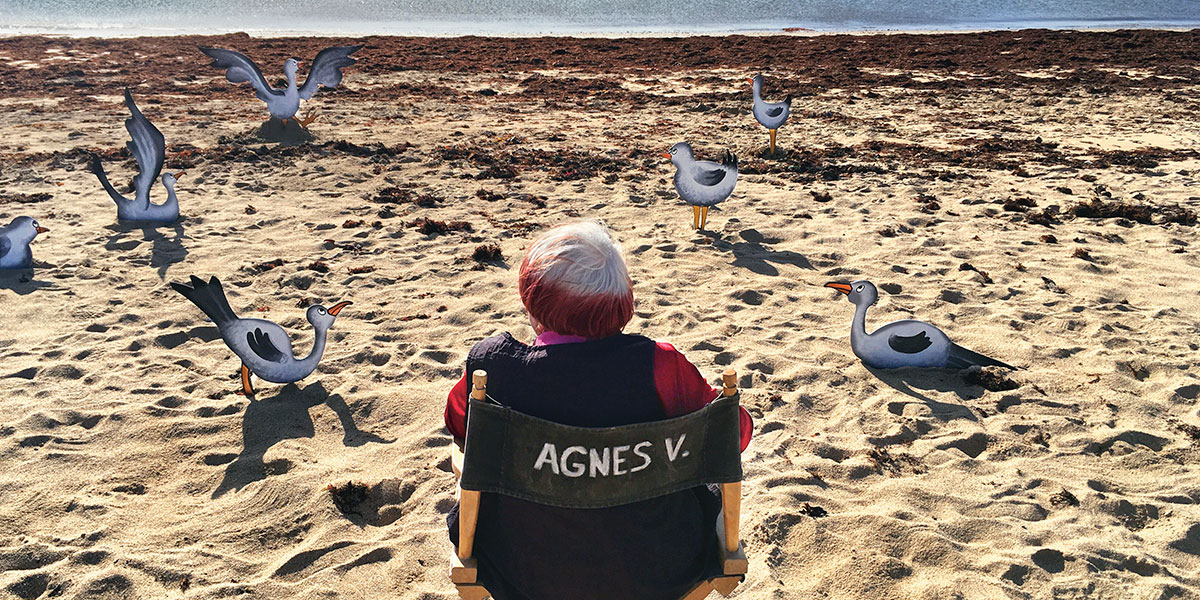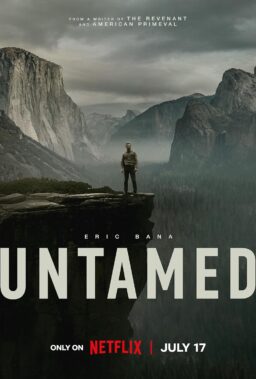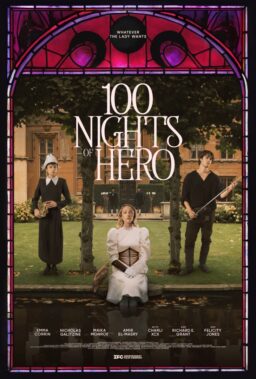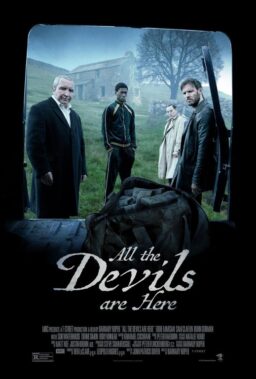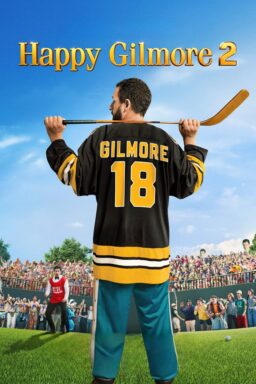The 57th Annual New York Film Festival was dedicated to the late Agnes Varda, whose penultimate film, the superb “Faces/Places” played here two years ago. Varda’s final film, “Varda by Agnes” served as a fitting tribute to this year’s honoree; it’s a walk through a storied career led by the filmmaker herself. Onstage, seated in a director’s chair emblazoned with Agnes V. on the back, Varda lectures audiences on the choices she’s made and the philosophies she’s employed throughout her films. Like Noah Baumbach and Jake Paltrow’s “DePalma,” which also played this festival a few years back, “Varda by Agnes” is essential, educational viewing. Full of clips from the director’s work, it’s an introduction for the novice and a retrospective for the diehard fan. Varda’s wonderful personality infuses every frame and every explanation. My only regret was that I saw this film under less than ideal circumstances. My exhaustion prevented me from fully engaging with the material. I liked “Varda by Agnes,” but if I gave it another, less exhausted viewing, I’m sure I would love it.

With its usual list of soon-to-be-Oscar nominees and the occasional world premiere, the NYFF’s Main Slate lineup gets all the love and the publicity. But I couldn’t let this year’s festival close without a few words on some films from the other sections that provided content this year. The Retrospective series paid tribute to the 100th anniversary of the American Society of Cinematographers, featuring films shot by Nestor Almendros, Gregg Toland, Ellen Kuras, James Wong Howe and Gordon Willis, among many other greats. Being the noir addict that I am, I opted for John Alton’s work on 1948’s “He Walked by Night,” a nasty, brutish and short piece of work starring a sinister, sociopathic Richard Basehart as a cop killer on the run. Featuring a memorable instance of self-performed bullet removal and some shocking for its time violence, director Alfred Werker takes an almost documentary-like approach to the proceedings. The film alternates between the cops on Basehart’s trail and his constant evasion of them on the streets of Los Angeles.
When the cops get too close, Basehart escapes and hides in the sewers, where the climax takes place and Alton truly earns his money. The pursuing cops’ flashlights illuminate the darkness, giving their prey and the viewer a sense of their location in the darkened labyrinths of the sewer. The lights swerve and wiggle as they speed toward the camera, giving a creepy yet mesmerizing visual against the black and white cinematography. This couldn’t have been easy to do in 1948—all the actors had to carry stage lights whose trailing wires eagle-eyed viewers will be able to see. 71 years later, “Gemini Man” would attempt the same effect during the dual Will Smith catacomb battle and fail miserably at it despite much more advanced digital technology. It just proves that in some situations, analog is better.

Over in the Spotlight on Documentary section, Tim Robbins brought “45 Seconds of Laughter,” his filmed record of the work done by The Acting Gang’s Prison Project. Shooting at California’s Calipatria State maximum-security prison, Robbins captures many of these sessions attended by prisoners of all different races. Prison life by nature veers toward segregation in public areas, so this integrated, communal event is a rare chance for mixed socialization. Robbins uses voiceover in the interviews rather than talking heads, and as the film progresses, we become so familiar with several of the participants that we notice when they’re no longer present.
The people chosen for the Prison Project are serving 8 to 90 years in prison. As a rule, the Acting Gang mentors do not ask what crimes they have committed, so we never find out. “45 Seconds of Laughter” instead focuses on the acting exercises that allow each man to express various emotions in a safe space. Most interesting is the use of Commedia dell’arte to get everyone to open up and perform. The film opens with the group painting their faces with clown makeup and being assigned the standard roles of that Italian art form. Robbins employs a very casual repetition of these exercises in real time, to the point where we feel like we’re going through them as well. It requires a bit of patience that some viewers may not be willing to give. But readers know I like movies about process and scenes where people are simply doing their job, so this was right up my alley for the most part. Your mileage will certainly vary.
After the film, Robbins told the audience how effective the Prison Project has been since he started it a decade ago. He ended the Q&A by having the audience do the titular 45 Seconds of Laughter, an activity that ended every session we saw in the movie. It’s supposed to release endorphins that make the laugher feel more relaxed and better. I’ll be honest–I felt stupid because I absolutely cannot stand my own laugh. Unlike the movie, this exercise didn’t work for me at all.

“Uncut Gems” may have gotten more attention as the festival’s secret screening, but another movie premiere managed to get enough buzz that it unexpectedly played in Alice Tully Hall. It even got an introduction by Oscar-winning writer/director Kenneth Lonergan, who also did a Q&A with William Wyler’s daughters afterward. The gorgeous new restoration of Wyler’s “Dodsworth” drew a crowd that filled a good amount of the festival’s biggest venue, and on a Thursday night at 9pm, to boot. Not bad for a film made in 1936 and starring John’s dad Walter Huston as the hero of Sinclair Lewis’ novel. Adapted by Sidney Howard, who also penned the play version Huston did on Broadway, “Dodsworth” is a surprisingly adult (for 1936) look at the dissolution of a 20-year marriage between a much older man and his decades younger wife. It would make a good companion piece with “Marriage Story,” a less effective, though still decently rendered look at a disintegrating marriage, especially because I had problems with the performances by the actresses who played the wives.
As the younger Mrs. Dodsworth battling her fears of getting old before her wild oats are fully sown, Ruth Chatterton is an acquired taste. She’s the villain of the piece, and her acting style is vastly different than Huston’s or even Mary Astor, here in an unexpectedly sympathetic role. As good as the film is—and it’s very good–I found Chatterton’s penchant for going big something of a nerve-grating distraction. However, Wyler uses this as a good contrast between her character and Huston’s more stoic portrayal as her soon-to-be ex-husband. They become kind of a yin and a yang, with Astor being the neutral surrounding element that allows everything to click into place. It’s easy to see why Lonergan called this his favorite movie of all time; his work also tends to be this brutally honest while understanding both sides of the situation.
To close out, the best films I saw here were “Pain and Glory,” “Portrait of a Lady on Fire,” “Parasite,” “Saturday Fiction” and “The Irishman.” And I’m glad I saw those musical numbers in “The Cotton Club Encore.” Until next year!
